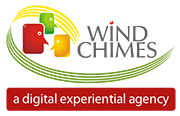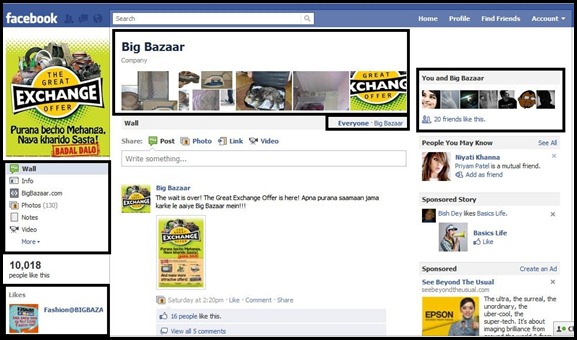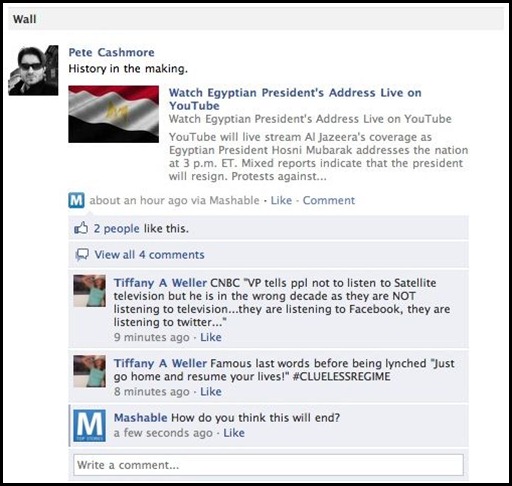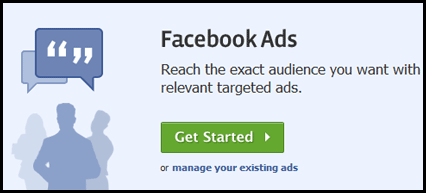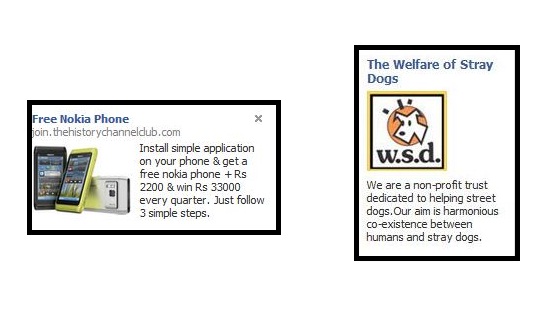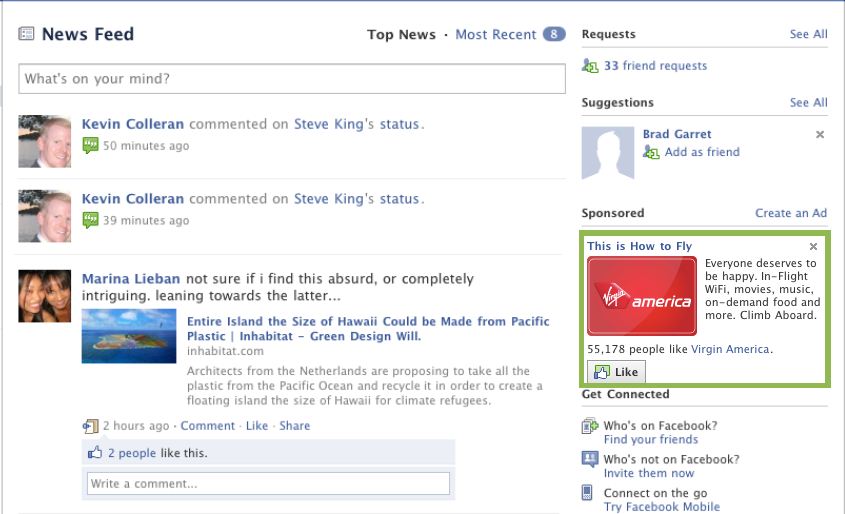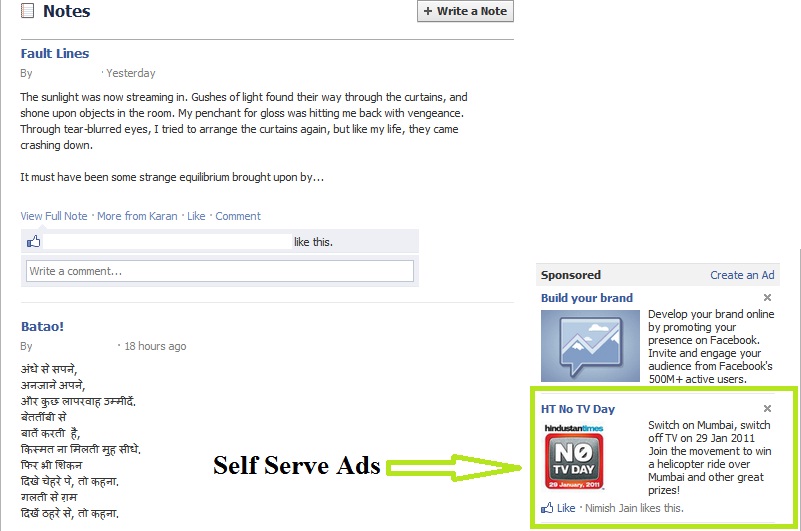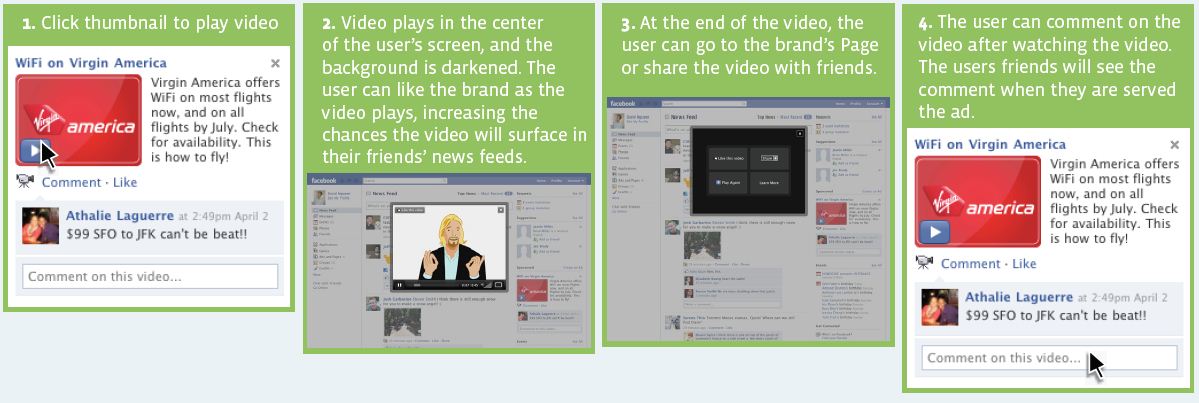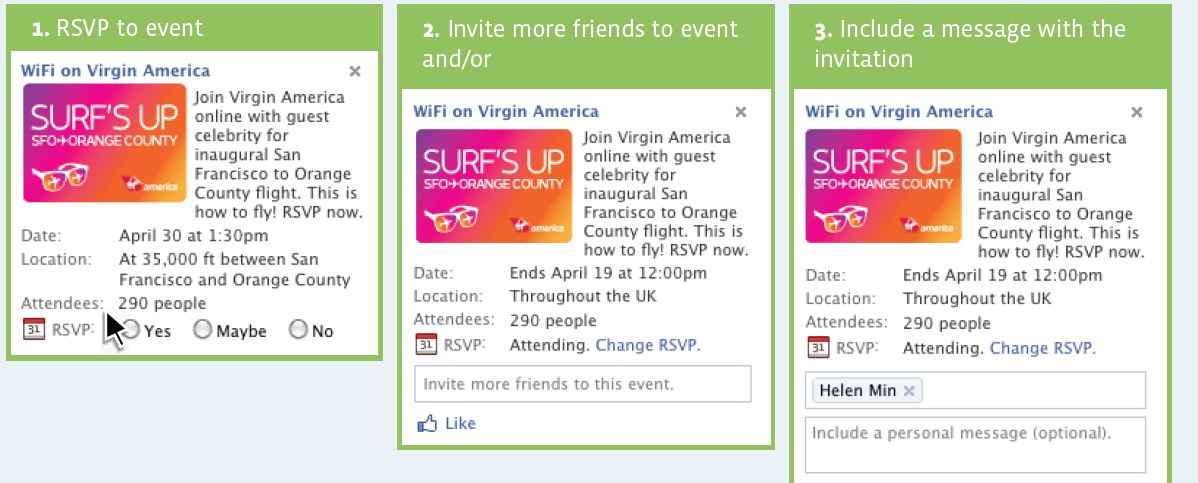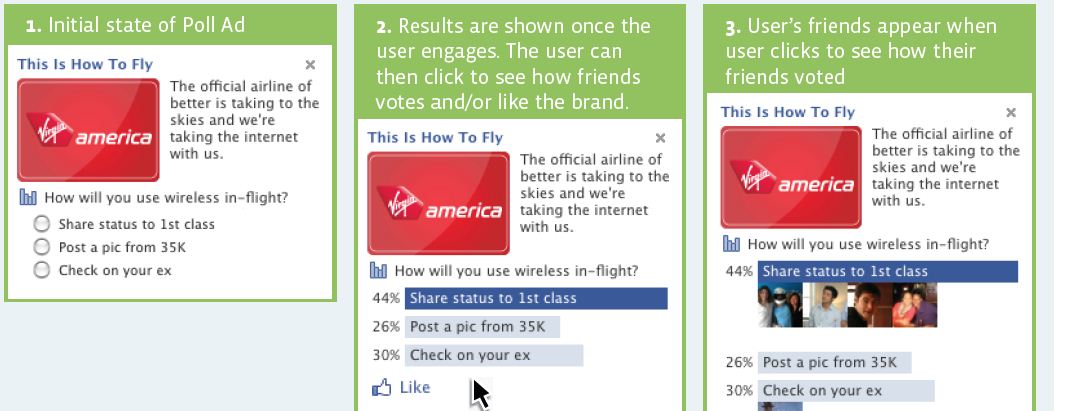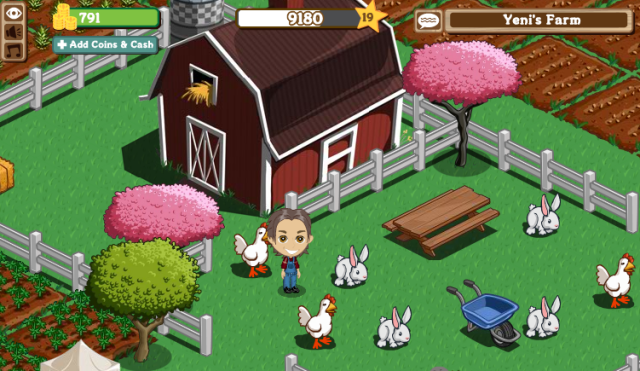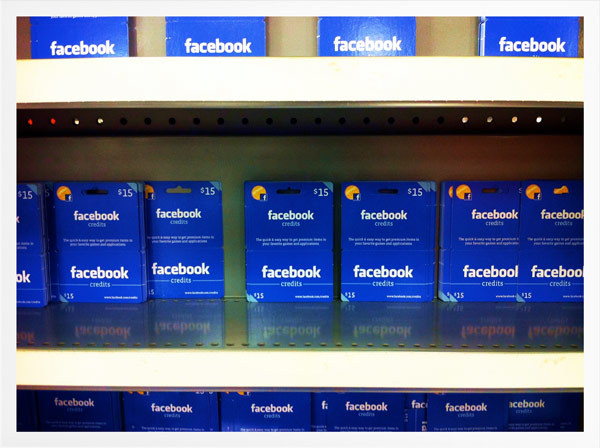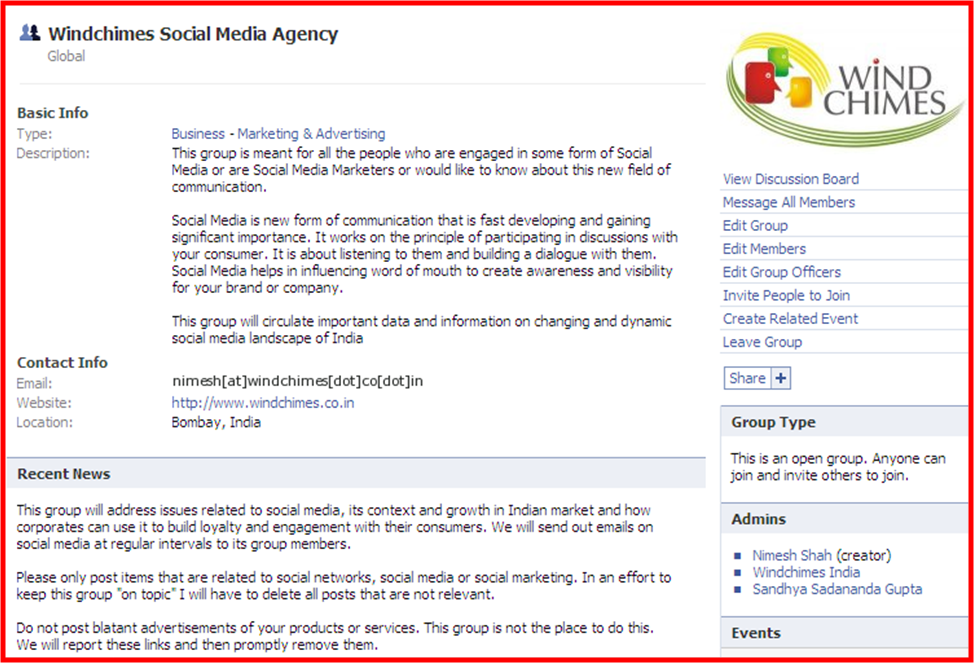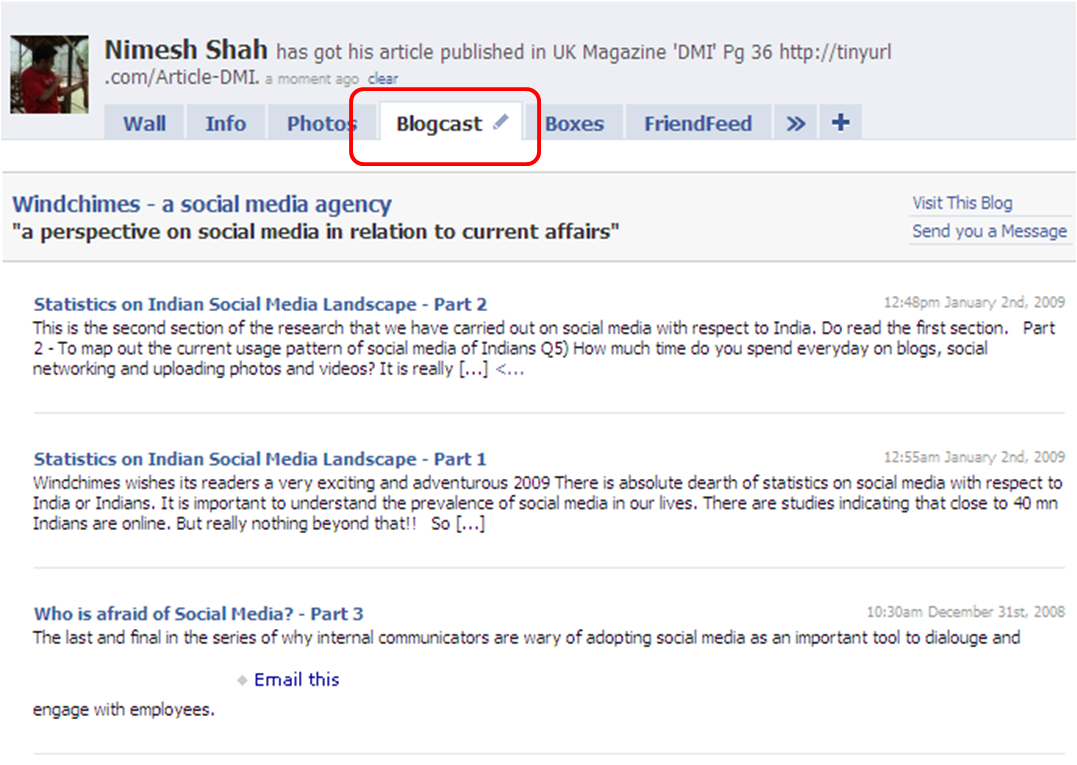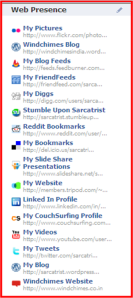Facebook has changed (upgraded, as they call it) the layout of its Pages once again and these changes will be rolled out all across Facebook by March end. With current set of changes, page owners now have more reach and better utility across the platform.
The Looks
The new Facebook page layout has changed to how the individual profile looks. This gives the page a sense of familiarity and helps in easier navigation.
Tabs
The tabs seem to have got lost in the new design evolution process, moved to the sidebar with smaller fonts from their earlier top of the page location. This might cause a significant drop in their visibility.
Benefits
Although the Tabs have been moved to the sidebar, the increased number of visible tabs along with longer tab names will help in communicating the exact nature and content of the same. This means that
-
In the previous version, only four tabs could be visible, while the others feel in a drop down box. But with the new setup, all the tabs can now be seen one below the other, therefore no tab gets lost.
-
Also, with name restriction of 15 characters no longer applied, tabs can now communicate exact message to the page viewer. Earlier, with this restrictions, a campaign tab had to have altered name to fit into the tab size and also to follow the guideline. But with no restriction on character limit, the tab name can now be as per the requirement.
The New Page layout
Photos and Post & Information Visibility
The recent photos get featured on the top of the page and the order of the visible photos can be edited. The most recent wall photos or photos that have the page tagged in them will appear here. This area will not include any photos posted by fans.
The other cosmetic changes that the page has been incorporated with are the ability to have the info section right on the top of the page, post selection criteria made to “Page” and “everyone” and a right hand sidebar that shows administrators and fans.
Benefits
Like all Facebook platforms, photos will become more vital and important in brand communication. Already, creative usage of this tool is being talked about. Also with the default setting of the posts being set as “everyone”, a lot more exposure to their posts.
The Works
More than anything else, the functionality changes that has happened with the new format has some real business implication. Brands are now in a position exploit their presence on the platform and reach out to as many of its 600 million users. Also, collaborating becomes easier along with the much touted “giving face to the brand” promise.
Exposure
One of the key features with the new Facebook Pages is that administrators of a page can switch back and forth between their personal profiles and essentially the profile of the Page. They can also leave comments on various Facebook platforms as the brand itself.
Benefits
This gives the page that much more opportunity to engage with audience, not just on their page, but also anywhere on Facebook, thereby increasing the exposure the page, and hence the brand, gets drastically. It can also mean, that the brand can engage in meaningful discussion on other pages, and direct the traffic from that page to their own, there by leading to in-organic growth.
Page Commenting Feature
Page Collaboration
With page commenting feature, opportunity for the pages to interact amongst each other come calling. Since the page can now like another page as it is, there is more possibility for mutual page promotion. Instead of “featured pages” these now comes us “likes.” Also, since a page has liked the other page, the news feed will be populated with the updates of the liked page when logged in as page on Facebook.
Benefits
This will help in crowd sourcing for relevant information. Page collaboration can help in establishing brand reputation by association. Also cross platform exposure for multi brand umbrella can also be contrived through page collaboration.
Page Collaboration
Notification
Being logged in as a page will help people to receive instant notification when people leave a comment on the page. With the new notification system in place, the page administrators will be alerted the second someone comments.
Benefits
This will eliminate the need to regularly check the page for updates and help in giving a quick response, making Customer Relation Management process much more efficient.
Instant Notification
Face behind the Page
The promise to make the brand more human is finally seeing the light of day with the changes that have been incorporated. With the feature to show who the administrators for the page are, the faceless page has now transformed to a more human personality. Finally the friend next door promise will become a real deal.
Benefits
The advantage of such a move will have to be weighed out over a period of time with a lot of brands treading a careful path since the administrators would want to safe guard their privacy, but as of now, the idea seems quite an inviting one, since a human personality associated with the page can make it appear much more approachable and also give the administrators the sense of recognition, there by promoting higher commitment towards the page.
Displaying the Page Administrator
The Overall Impact
The new Facebook changes have almost completely made every area of Facebook uniform. Also it has given the businesses a chance to be more vocal across the platform and hence in better control of the brand communication on Facebook.
